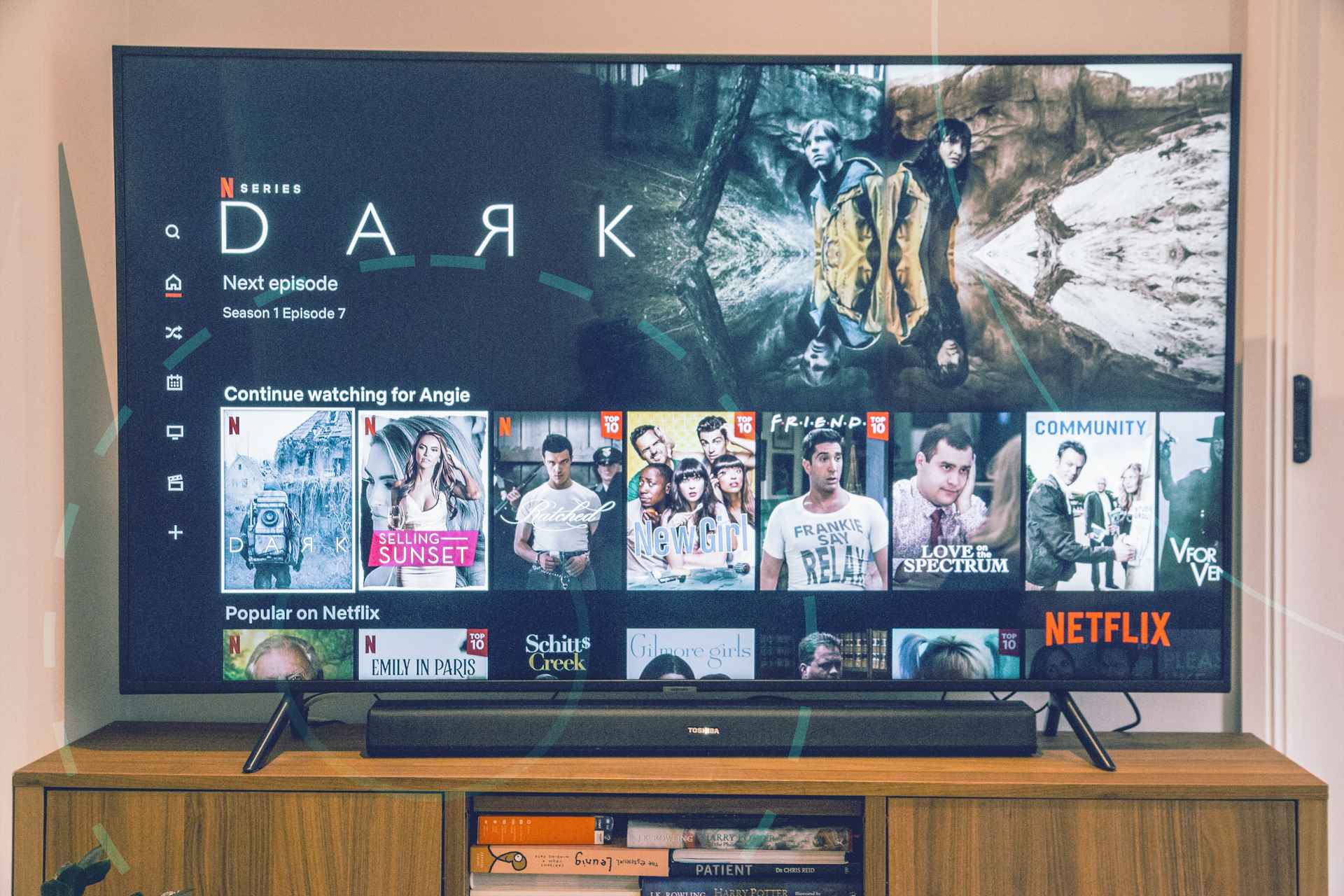Read this list of 10 key streaming services statistics to find out where to focus your brand’s advertising spend next.
Let these key figures guide your next TV advertising decision
The growth of streaming services has been steadily changing the way consumers access video entertainment for more than a decade , but — aside from a few new efforts here and there — the major players stayed largely the same. A state of homeostasis was achieved as viewers stuck with the subscription-based video demand services they were used to. But the steady background rumble of new contenders has grown into a roar, and the latest streaming services statistics prove that what had formerly become well-trodden ground is now expanding into new territories.
With increasingly popular choices such as ad-supported video giving consumers more options than ever before, now is the perfect time to re-evaluate your brand’s place in the market. This roundup of recent streaming statistics from across the industry will help you get started.
Want to dig even deeper into OTT, CTV, and linear TV advertising? Check out The Big List of TV Viewership Statistics [Updated for 2023].
The Story of Streaming Statistics in 2023
Nearly 9 in 10 U.S. households now use video streaming services, and Americans are projected to contribute just under $40 billion to video streaming revenue this year. Those are impressive numbers, but the ubiquity of streaming is bringing new challenges, especially for digital-first generations; the churn rate — the proportion of people who cancel a service, or who add and cancel soon after — is over 50% for both Millennials and Gen Z.
While streaming services make it as easy as possible to stay subscribed in perpetuity, many younger users capitalize on free trials or brief subscriptions to watch the content they want then cancel. Speaking of subscriptions, Netflix remains the most-subscribed streaming service in the US, with a penetration rate just south of 8 in 10 potential users, while Disney+ has its sights firmly set on cracking the top 3. Since Disney’s in-house streaming service launched in 2020, it’s already grown by more than 100 million subscribers.
The most remarkable growth has come outside the realm of purely subscription-based services. Ad-supported video-on-demand services now represent the fastest-growing category in streaming. Meanwhile, the competition for most popular ad-supported streaming TV service in the US and Canada has never been fiercer, with The Roku Channel, Tubi, and Peacock making up the top 3, with just a 2.1% difference between the top and bottom.
More and more TV viewers choosing ad-supported streaming TV mean there’s never been a better time to bring your advertising to the medium. CTV growth marketing can put your message in front of more engaged audiences, complete with accurate targeting, increased reach, and detailed measurements without privacy concerns. If you’d like to learn more, download our CTV Advertising Playbook.
10 Streaming Services Statistics to Watch
Table Stakes
- As of December 2022, the total number of U.S. households that use video streaming services rose to 115.6M, making for a market penetration of 89% (Kantar).
- Revenue in the video streaming segment is projected to reach $95.4 billion in 2023, with just under half of that revenue ($39.3 billion) coming from the US (Statista).
- The average churn rate (when people cancel or add and cancel a subscription) is 37% across paid streaming video services in the US, but it’s markedly higher for younger generations: 52% for millennials and 51% for Gen Z (Deloitte).
The Competitive Landscape
- Netflix is still the most-subscribed streaming service in the US with 78% of households subscribed as of September 2022, having recently returned to growth after its worst slowdown ever. Amazon Prime is a close second at 72% and Hulu trails at 50% (Statista).
- While Disney+ doesn’t quite crack the top 3 in terms of US subscriber penetration at 47%, it’s enjoyed the most rapid growth of any streaming service in the last five years — soaring from 33.5 million in 2020 to 137.7 million in 2022 (Statista).
- YouTube is by far the most popular video streaming service in the world with more than 2 billion users. However, Alphabet Co.’s figures put YouTube Premium subscriptions, which the company presents together with YouTube Music subscriptions, at upwards of 80 million (Statista, YouTube).
Where Streaming’s Growing Next
- The projected market volume for streaming video on demand services is projected to reach $137 billion by 2027 (Statista).
- The total users of streaming services are expected to reach 1.6 billion by 2027. Compare that to projections placing the worldwide population at 8.5 billion by 2030, and it’s reasonable to expect roughly 1 in every 5 human beings to use streaming TV by the end of this decade (Statista, United Nations).
- Paid, ad-supported video on demand services such as Disney+ Basic and Netflix Basic now make up the fastest-growing category in streaming, with 33% growth year on year from 2021 to 2022 (Kantar).
- The most popular ad-supported streaming TV service in the US and Canada is The Roku Channel, with 21.5% of survey respondents using the service. But it’s a close competition, as both Tubi (19.7%) and Peacock (19.4%) are nipping at its heels (Statista).
Simplify and Empower Your TV Advertising Strategy
Ad-supported streaming services are surging in popularity, so there’s never been a better time to bring your brand to CTV. But your choice of advertising platform matters. At tvScientific, we’re proud to have created the most sophisticated performance advertising platform for CTV, built on automated and optimized processes that make TV advertising both accessible and measurable for brands of all sizes. Set up a demo today to see how we can start driving better ROAS for your brand.







